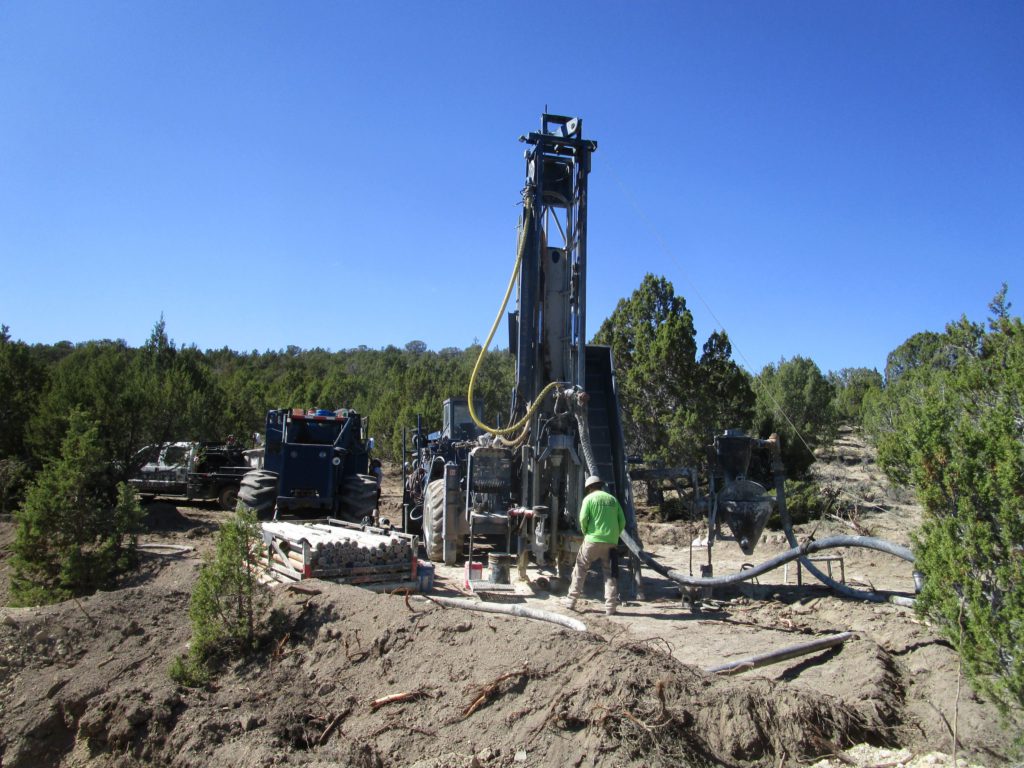Surge Battery Metals to begin drilling at Nevada North lithium project next month

Surge Battery Metals (TSXV: NILI) said on Thursday it has reached an agreement with the Salmon River Cattlemen’s Association (SRCA) to begin drilling on parcels of SRCA private ground, where Surge already holds 25% of the surface mineral rights comprising about 880 acres within the boundaries of its Nevada North lithium project (NNLP) in Nevada.
Surge reported in February an initial mineral resource estimate on NNLP, which it said had the highest-grade lithium clay resource in the US with 4.7 million tonnes of lithium carbonate equivalent (LCE) grading 2,839 parts per million (ppm) lithium at a 1,250 ppm cutoff. The company also calculated over 4 million tonnes of LCE grading 3,167 ppm lithium using a 2,000 ppm cutoff.
There is significant expansion potential as this lithium resource only covers a portion of the known footprint of mineralization, Surge Battery Metals said.
This year, the company intends to drill four reverse circulation holes on the SRCA parcels to test extensions of high-grade lithium mineralization outlined in previous drilling to the north of the private parcel and high-grade soil geochemistry (>1,000 ppm Li).
It also plans to drill another four holes on claims it holds and on claims with its joint venture partner M3 Metals (TSXV: MT). The drill sites, it said, will be determined by ground conditions, avoidance of sensitive areas on the private parcels and permitting approval by the Bureau of Land Management.
Drilling is scheduled to start by the end of May 2024 and will test for lithium mineralization 1 km to the west and up to a 1.2 km to the south of the 2024 resource area. The drilling is designed to expand and better define the footprint of lithium clay mineralization at the NNLP prior to infill drilling in 2025.
“We are happy to have come to an agreement with the Salmon River Cattleman’s Association and look forward to actively working together as we advance the NNLP,” Surge Battery Metals CEO Greg Reimer said in Thursday’s release.
“Our 2024 program will be bold and will take big step outs to the west and south, growing the mineralization footprint as much as possible prior to our 2025 exploration program.”
{{ commodity.name }}
{{ post.title }}
{{ post.date }}

Comments